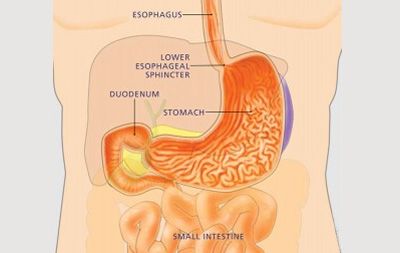Upper Endoscopy (EGD)

An EGD, also referred to as an upper endoscopy, is a sedated procedure that enables the gastroenterologist to evaluate the inner lining of the esophagus, stomach, and upper small intestine. This is the best way to evaluate for hiatal hernia, ulcers, gluten sensitivity, reflux, and Barrett's esophagus. This 15-minute, safe procedure is performed while the patient is sedated. Therefore, there is no gagging, pain, or effect on breathing. Endoscopy allows for therapeutic interventions. These include: biopsy, control of bleeding, stricture dilation, and polyp removal. Symptoms that may require endoscopy include chronic heartburn, difficulty swallowing, upper abdominal pain, chronic nausea, and vomiting.
